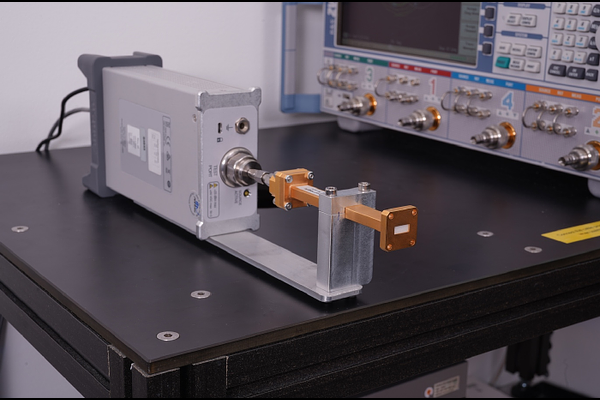Human Skin Model from 15 GHz to 110 GHz

Human Skin Model from 15 GHz to 110 GHz
Christ, A.; Aeschbacher, A.; Tarigan, B.; Chitnis, N.; Fallahi, A.; Kuehn, S.; Capstick, M.; Kuster, N.
AbstractIn the recently revised guidelines for electromagnetic safety, basic restrictions expressed in terms of the absorbed power density (APD) at frequencies higher than 6 GHz were introduced. Testing for APD compliance of wireless devices requires experimental and numerical body models or phantoms that conservatively reproduce the absorption characteristics of human skin. Previous studies of APD indicate that frequency-dependent impedance-matching effects are caused by the low-permittivity stratum corneum (SC) layer. The objective of this study is to complement previous work (Christ et al., 2020) and to develop dispersive dielectric models to represent reflection and absorption of electromagnetic fields at the surface of the skin across a frequency range up to 110 GHz. The reflection coefficient of the skin of human volunteers was measured at frequencies of 15 to 43 GHz with open waveguide probes, complementing previous data from 45 to 110 GHz (Christ et al., 2020). The volunteers represented both sexes and different age groups and occupations; measurements were made at various regions of the body. The statistical analysis of the results show that the reflection coefficient follows a normal distribution in regions where the SC is relatively thin, which permits development of a conservative skin model that covers the 95th percentile of the tested population. As expected, in regions where the SC is thicker, e.g., the palms, the reflection coefficient is not normally distributed, because the thickness of the SC depends on the mechanical stress and friction to which the hands are exposed during routine daily activities. There was no evidence of relevant differences due to sex, but there is evidence for a slight age-dependent difference. The measured data, via fitting to the numerical model, allow the derivation of two-layer dielectric dispersive models that represent absorption and reflection at the surface of the skin with known uncertainty. The proposed models can be used to conservatively demonstrate compliance with the APD limits of wireless devices operating at frequencies of up to 110 GHz in any of the 5G and 6G bands defined.